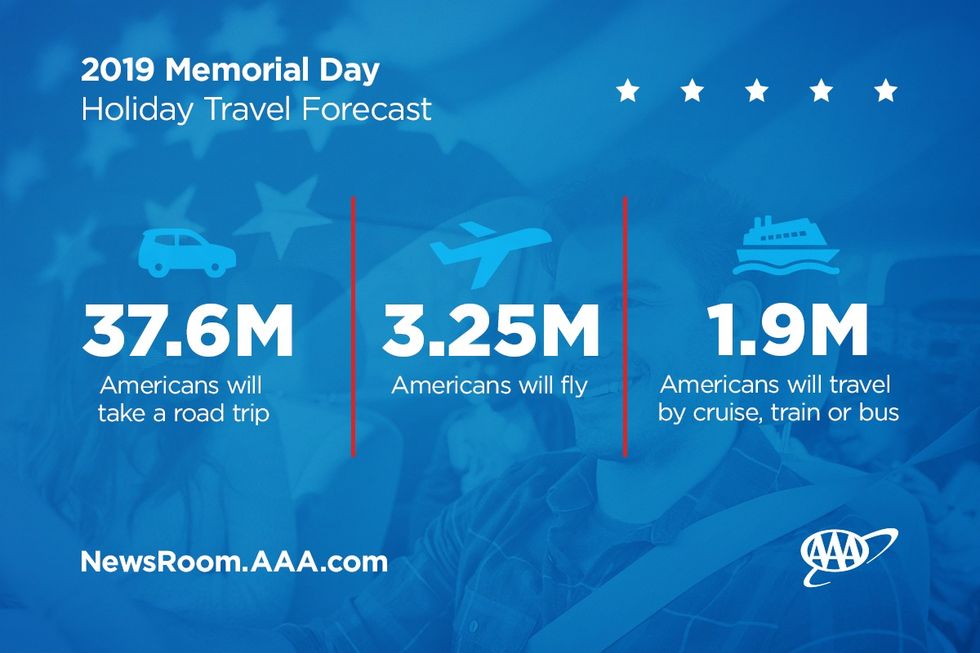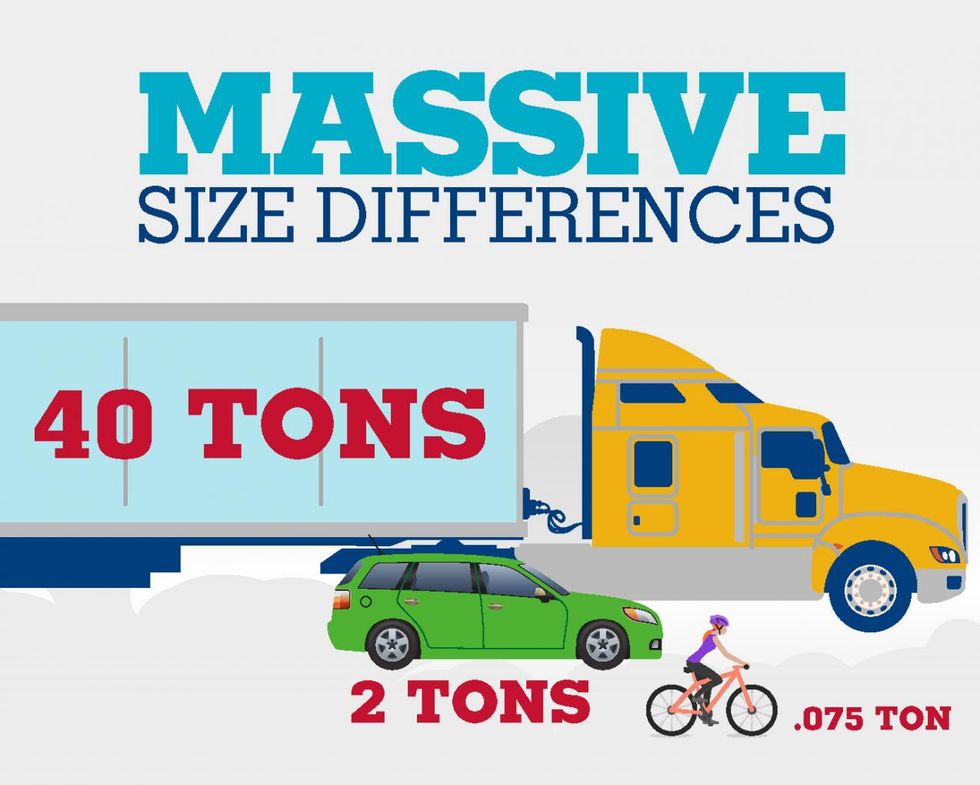Actionable Strategies To Improve Your CSA Score
Invest in Preventive Maintenance
Roadside inspection violations significantly impact CSA scores. Many of the most common violations can be reduced through a robust preventive maintenance plan. As part of Penske’s preventive maintenance, technicians evaluate lights, grease oil leaks, tire tread and fire extinguishers, all of which are frequent violations. Drivers can also monitor these items during daily inspections.
Penske fuel locations provide the added benefit of customer service representatives who fuel the trucks and then walk around the tractor and trailer to check for maintenance issues, such as mud flaps, headlights or taillights that need repair.
Penske’s preventive maintenance process exceeds Department of Transportation (DOT) standards to ensure vehicles comply with all vehicle safety inspection requirements and that the right documentation is complete.
Focus on Brakes
Brake out-of-adjustment violations were one of the most frequent roadside violations in 2024. When a vehicle is placed out of service for brakes being out of adjustment, it is typically because the automatic slack adjuster did not adjust correctly. Air disc brakes do not need a slack adjuster, so spec’ing air disc brakes can help fleets avoid this common issue. Air disc brakes also have a shorter stopping distance, which can provide an added safety benefit.
All brake systems — both disc brakes and drum brakes — require maintenance. Brakes should be checked as part of every PM inspection and need to be lubricated or greased at set intervals. Drum brakes need to have slack adjusters tested. Drivers should always check brakes during pre- and post-trip inspections.
Keep Up With Compliance
Not all roadside violations fall into the driver or vehicle categories and instead fall into “other.” These violations are frequently related to documentation and licensing. In 2024, the top issue was state vehicle registration or license plate violation. Others included weight violations, not displaying the carrier name or USDOT number, state or international fuel tax violations, and International Registration Plan violations.
Penske offers support services to help fleets avoid compliance issues, file state and federal taxes as well as local property and heavy vehicle use taxes, and handle all state and federal licensing and permitting. Penske has self-issuance of license plates in many jurisdictions and houses thousands of license plates at its headquarters so vehicles can be registered within minutes. Penske can also issue weight increases and decreases, transfer plates and get replacements online. Customers can quickly obtain replacement copies of credentials and registration cab cards through the Fleet Insight™ portal.
Concentrate on Drivers
Many of the driver violations that occur on the road are easily preventable. In 2024, top driver violations included speeding, ELD form and manner issues, and operating a commercial motor vehicle without a commercial driver’s license.
Penske fleet services can aid in driver compliance and give customers access to driver safety bulletins, training webinars, and hours of service, safety and substance abuse programs. Customers also receive discounted J. J. Keller driver compliance solutions and Penske sends early notification of expiring driver documents.
Tap Into Telematics
Telematics data can help fleets optimize maintenance schedules, automate monthly mileage submissions, simplify fuel tax reporting and streamline repairs. For example, remote diagnostics can help Penske immediately diagnose issues on vehicles so they can expedite repairs. Telematics also enables proactive diagnostic alerts, so fleets know about potential issues before they become a problem and can schedule service as needed, reducing the risk of over-the-road breakdowns or delays.
Additionally, Catalyst AI™, Penske’s AI platform, enables customers to tap into their data to compare their fleet to similar fleets to make specific comparisons and gain detailed insights for fleet improvements.
Work With Penske
To learn more about reducing the risk of roadside violations, enhancing compliance and improving safety, contact Penske at 1-844-376-4099.
Top Vehicle Roadside Inspection Violations in 2024*
Inoperable required lamp
State vehicle registration or license plate violation
Brake out-of-adjustment
Operating a commercial motor vehicle without proof and documentation of a periodic inspection
No/discharged/unsecured fire extinguisher
Inoperative turn signal
Tire-flat and/or audible air leak
State registration/tag violation
Stopped vehicle warning devices missing or improper
Tires leaking or inflation less than 50% of the maximum inflation pressure
Wipers inoperative/missing/damaged
*The list includes vehicle, driver and other violations; data is through 12/27/24


